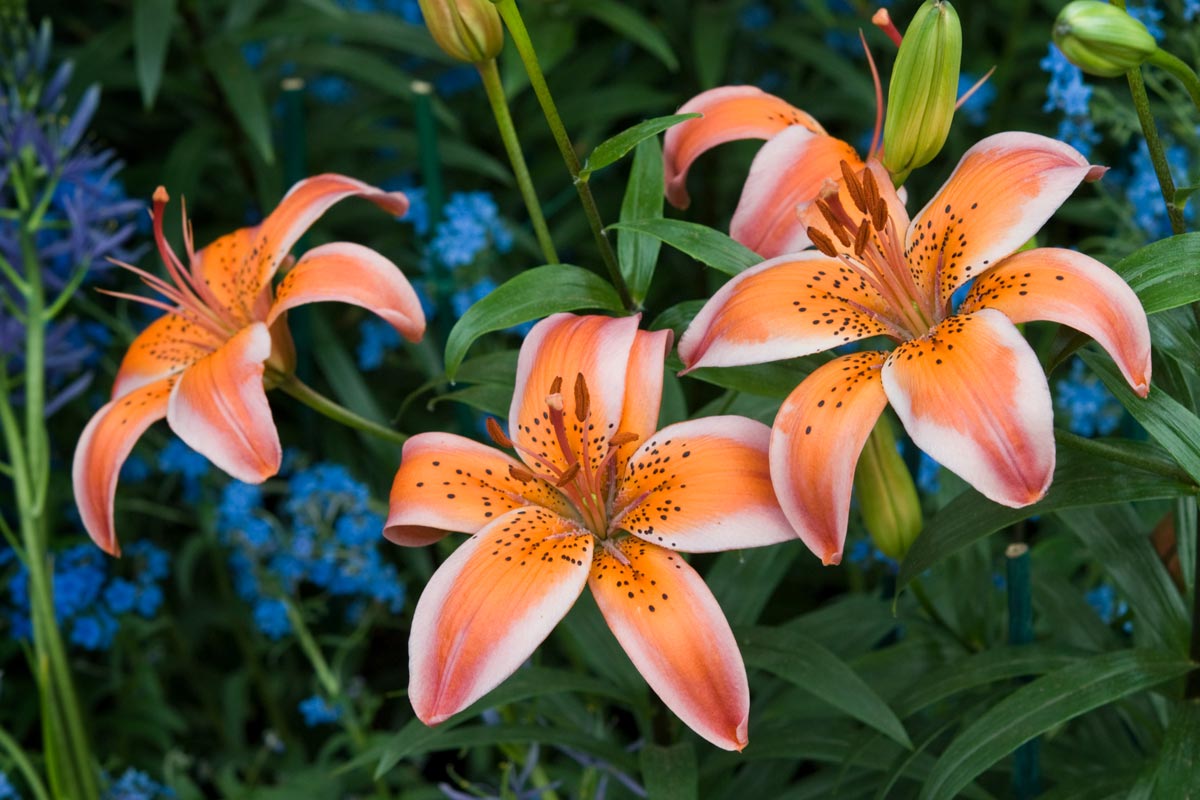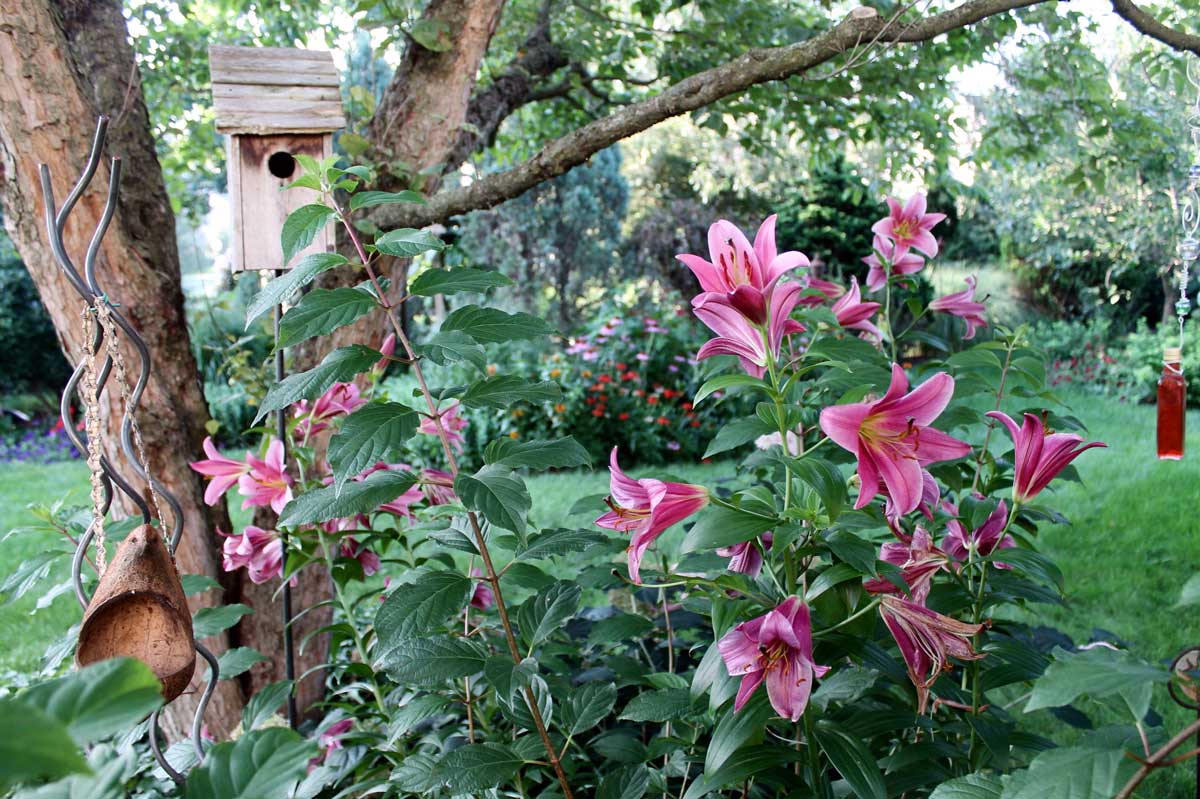The Best Perennials to Grow in the Shade: Tall & Shady
If you’re looking for perennial plants that will grow in the shade, look no further. Variegated Solomon’s seal, Hosta, and White wood aster are three tall perennials that thrive in the shade.
Learn how to grow successful lilies, a fragrant bulb that stays green all summer long and comes in many varieties.
One of June’s star flower performers is the lily, an old-fashioned favorite prized for its big, showy, trumpet-shaped flowers that are as beautiful in the garden as they are cut in a vase. These classics bloom in a wide range of colors, from bright reds, oranges, and yellows to pure white and pastel pinks and bi-colors. Not only do they look great, but if you’re looking for something fragrant, this is it as most lilies are among the sweetest-smelling flowers.
Lilies are technically bulbs, except they flower in summer and stay green all season as opposed to spring-flowering bulbs like tulips, daffodils, and hyacinths that bloom early in the season and then go brown and dormant in summer. And while they bloom in summer year after year and do well in Zones 5 through 8, some lilies are winter-hardy in Zone 4, especially with a few inches of wood-chip mulch in winter.
When it comes to planting, lilies can be planted in spring or early fall from bare bulbs, or they can be bought as up-and-growing plants. Garden centers often sell potted lilies alongside other perennial flowers.

Asiatic Hybrid Lily Flowers - Lilium "Electric". Ellenmck / iStock / Getty Images Plus
All of the above pair nicely with roses or dwarf evergreens, can tag-team perfectly when interplanted with spring-flowering bulbs, or can be mixed into a perennial garden.
Most important to lily success is avoiding clay soil or low-lying areas. Wet soil will rot lily roots. Pick a spot with loose, well-drained soil, or better yet, loosen the soil to a foot deep and work two to three inches of compost, rotted leaves, and/or peat moss into it to create raised beds. Some other important things to remember when it comes to raising and caring for your lilies are:

George Weigel

Zoonar RF / Zoonar / Getty Images Plus